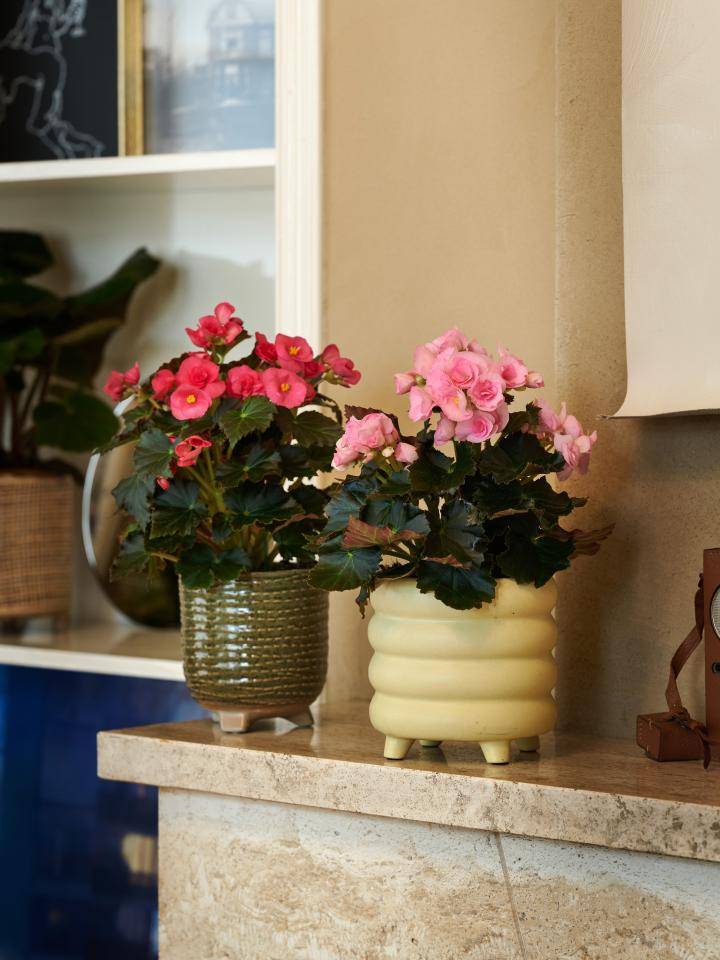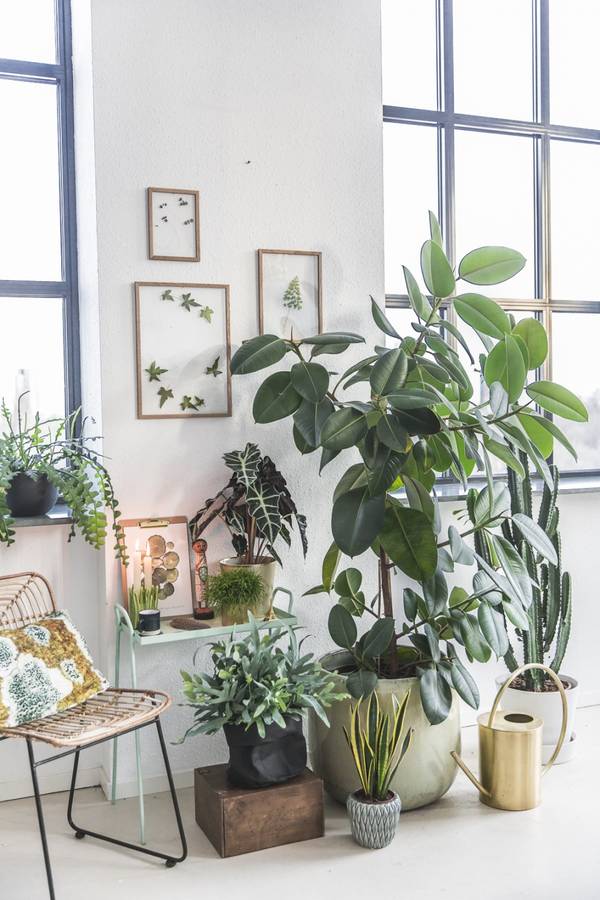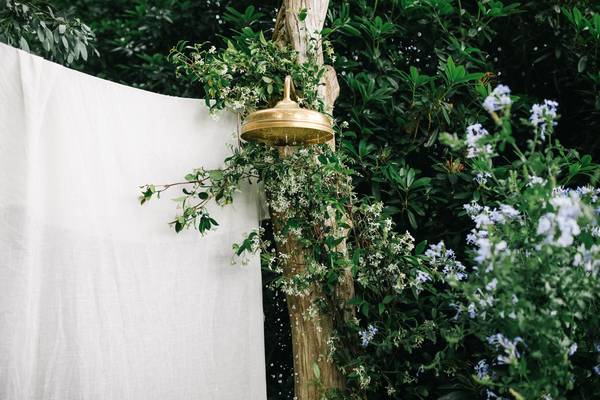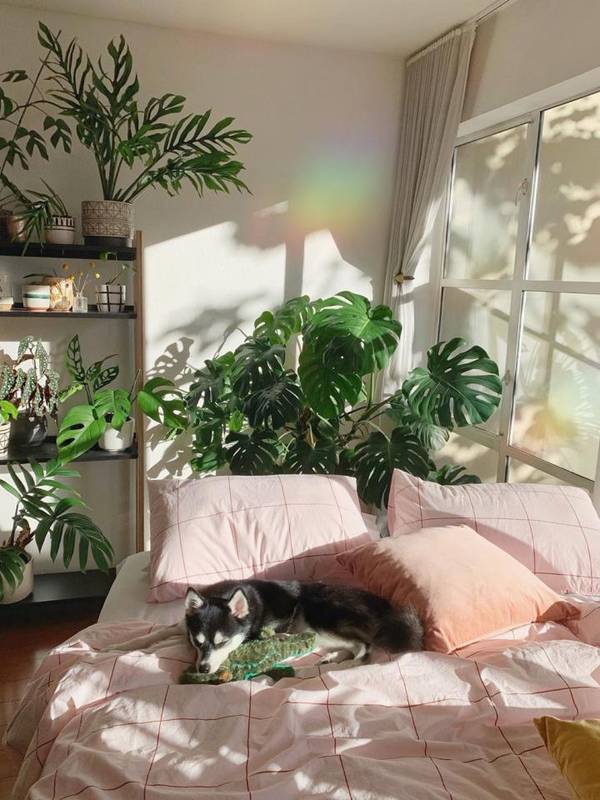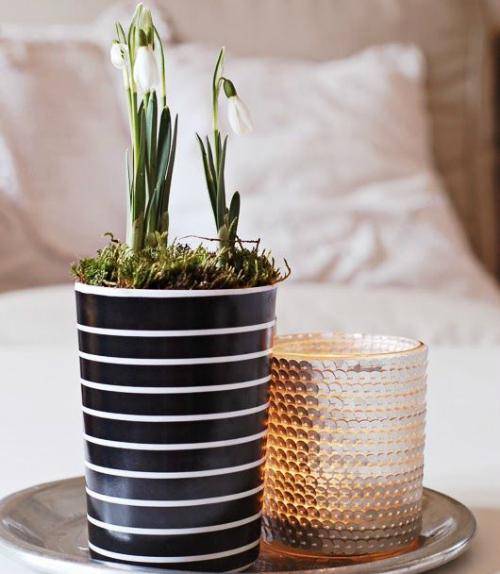
Caring for Begonia
- Begonia needs lots of light but doesn’t like full sun.
- Water at least twice a week so the soil stays damp.
- Don’t spray the plant as it can cause mildew.
- Remove the dead flowers to encourage new growth.
- Feed it once a week.
- Place your Begonia in a room temperature of around 18° C.

Colours and shapes
There are two main varieties of begonia: the flowering begonia and the Begonia Rex. The former produces flowers in red, pink, orange, white and yellow or multi-coloured, while the latter grows only velvety leaves. However, this by no means makes it the lesser of the two. The leaves grow in patterns of silver, pink, burgundy and varioius shades of green. When the light shines from different angles, the leaf patterns take on different qualities. In this way, the Begonia Rex always has something new to offer.
Symbolism
The begonia stands for caution and consideration, as well as good communication between different parties. It is commonly given as a gift when paying back a favour. All these meanings come from its association with Michel Bégon, a French diplomat and politician who lived in the Antilles during the late 17th century. A passionate plant collector, he met with Charles Plumier, a French botanist and monk, who in 1690 named the begonia after his powerful patron.
Origin
The original begonia is native to the warm, humid forests of New Guinea, southern Africa and the Andes. Now it makes an ideal houseplant, and there are also patio varieties available.
